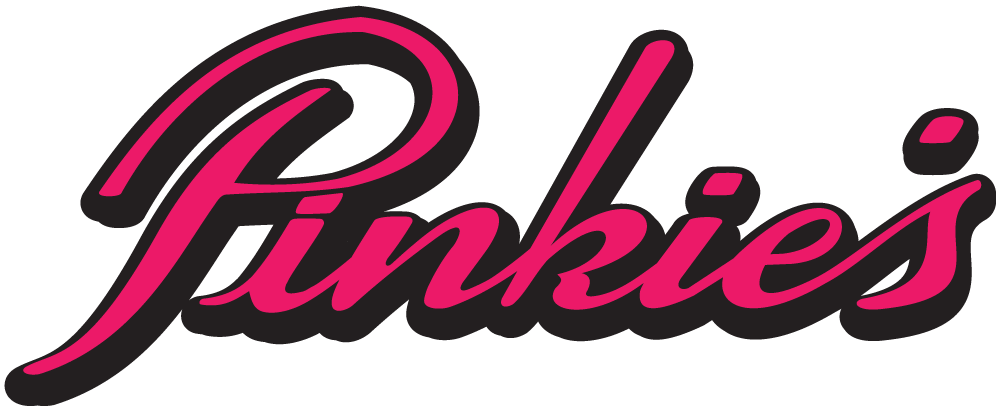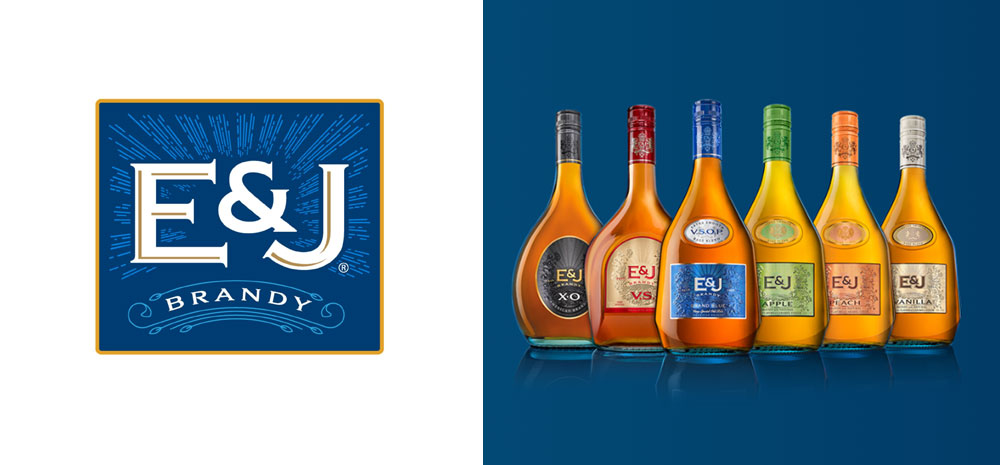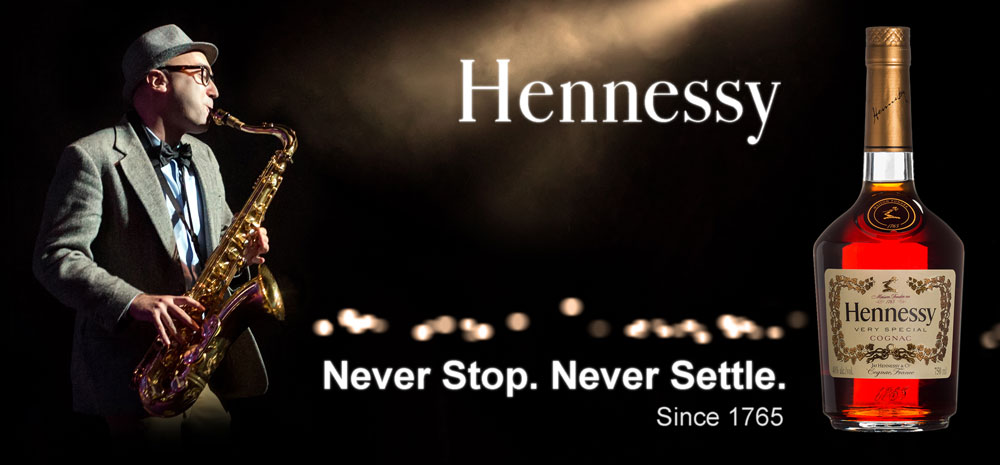BRANDY / COGNAC
Brandy is commonly referred to as the “distilled” heart of wine.
It is probably the first distilled spirit ever produced and consumed by man. The word is derived from first shipments of brandy going to Holland in the sixteenth century. The Dutch called the first shipments “brandewijin-burnt wine.”
BRANDY History / Production
Brandy is a distillation of fermented mash of fruit or fermented fruit juices, distilled at less than 190 proof, and bottled at no less than 80 proof. Grapes are used to produce wines and brandy to a greater extent than any other fruit, primarily because of the high sugar content. A bottle that is labeled brandy must have been produced from grape wine. If other fruits are used, the label must indicate what fruits they are, such as peach brandy, apricot brandy, blackberry brandy, etc.
Brandies are generally aged in oak barrels from three to eight years. The age may be stated on the label but it is not required by Federal government standards with the only exception being a brandy not aged at least two years. The age must be stated if less than two years. Most brandy is produced in continuous stills. It can be distilled from any kind of wine. However, white wine, made from white grapes is almost universally used for brandy. There are two types of brandy produced, straight and simple (rectified). Straight being bottled directly from the barrel at the end of the aging period. Simple / rectified receives a processing treatment. This treatment varies by distiller. Usually it consists of blending together brandies of different ages and the addition of caramel.
There is one other type of brandy known as “Grappa” or “Pomace”.
COGNAC vs. Brandy
Cognac must come from the Cognac region in Southwest France, which is known for its superior terroir (the soil, climate, and topography that contribute to grape-growing conditions).
Brandy can come from anywhere in the world.
COGNAC
Cognac is a brandy distilled from grapes grown in the Charente and Charente Inferieure (Maritime) Departments of France and takes its name from the city of Cognac. Cognac is designated by the laws and regulations of the French government. The geographical area of the Cognac region is in western France north of Bordeaux and bordering the Atlantic Ocean.
The region is divided into seven subdivisions, they are listed in the order of the quality of brandy made therein.
Grande Champagne
Petite Champagne
Borderies
Fins Bois
Bon Bois
Bois Ordinaires
Bois Communs
The soil composition differentiates the subdivisions where the grapes are grown. In 1860 French geologist called Coquand along with a professional winetaster independently visited all the vineyards and distilleries of the Charente and Charente Maritime departments. As a result of their combined studies they discovered an affinity between the soil and the brandy. Thus the six districts of the Cognac region were identified and delimited. The Grande Champagne has the best soil (about 35% limestone) and the most heavily planted vineyards. Ascending down each subdivision the soil contains less limestone (chalk) in the soil. The quality and value of the brandy (cognac) decline accordingly ascending down each subdivision.
As a result of Coquand’s work the word “Cognac” was given to brandy from the six subdivisions and also the method of marketing the product changed. In that the sale of product went from barrels to bottles to the buyer. The distiller controlled the aging of the brandy in the barrel not the buyer.
Interesting is that in the 1860’s when all was changing a major catastrophe befell the vineyards at Charente, Phylloxera struck. The “louse” wiped out the vineyards, they had to be purged of the insect and replanted. On a positive note they were replanted with grafted viniferas on American rootstocks.
The primary grape utilized in Coganc is the Saint Emilion. The Folle Blanche and Colombard grape on represent about six percent or less of vineyard plantings. In certain conditions five other grape varieties may be used but not more than ten percent of the whole. Factoid, since 1955 any grower who plants an unauthorized vine in one of the six growing regions will have his or hers entire crop refused. The Saint Emilion does not ripen properly in the Charentes but for cognac that’s what you want. A high acid, low alcohol and sour wine. It is perfect for cognac!
The grapes are converted to wine by normal methods with the exception that a continuous screw press may not be used and no sugar may be added when making the wine for cognac. After the wine is made it goes to the stills, the distillation must be completed before March 31st to obtain an age certification. Cognac by French law must also be distilled in the Charantais still. The still resembles a giant copper kettle. Also by law the kettle may be heated only by “naked flame”. Meaning gas-heating or coal fired. The Charantais has either two types of heads the Turk’s Cap or the Olive. From the head a swan-necked pipe leads the vapors to a water cooled condenser. The alcoholic wash (10% alcohol ) is run through the still three times. The resulting distillate is classified as a “brouillis”. At this time the secondary distillation “bonne chauffe “ is done to separate the head’s and tail’s from the heart. They are recycled with the next charge of the brouillis. The secondary distillation has an alcohol strength of 30 to 35 percent alcohol by volume or 60 to 70 proof. The final heart that comes off must be taken at a strength of 144 proof or 72 percent alcohol by volume.
The raw product is then placed in ninety to one hundred gallon “Limousin” oak barrels.
The “limousin” oak has a low tannin content and the wood is porous, which is essential to the production of cognac. The product in the barrel the first year is not capped off to the top so that the cognac can have contact with oxygen. After one year it is transferred to an older barrel where it will remain for maturation. Maturation between one and fifteen years and up to 40 years.
During this time in the barrel evaporation of product is considerable. The evaporation of product has to be compensated from “chanteaux” or partially empty barrels. The barrels are to be always topped off with the same age or higher.
The blending of mature brandies is a complicated slow process due to the fact that you are reducing a 140 proof product down to a 80 proof with distilled water or “faible” a weak brandy. Caramel may also be adding during the blending to correct the color.
The Grande Champagne cognacs generally age for at least fifteen years. Whereas the Petite Champagne less distinguished and lighter ages somewhere between fifteen and four years. The borderies brandies have more body than any other Cognacs. They will improve up to a maximum of forty years. Cognacs over forty years of age tend to acquire a barrel taint. Cognac in France must mature for one year for consumption, after three years it may bear a “marque” (three stars), and after four years the “marque” may be V.S.O.P. . Napoleon-style brandy is brandy twice the normal age generally six years.
Armagnac, a French brandy made in the region lying south and east of Bordeaux, principally in Gers. It is distilled in different kinds of stills, some pot, some semi-continuous, by a single distillation. This results in a strong flavor and aroma. It is aged in Armagnac oak which plays a pivotal part in giving color and flavor to the brandy. Armagnac’s are typed as Cognac’s, three star – V.S.O.P. – and Extra. They tend to be pungent and earthy verses the soft dry flavored Cognac.
Eau-de-vie-de-marc is cheap universal spirit, that is known by other names in different countries. In Italy it is called “Grappa”, “Aguardiente” in Spain, and “Bagaceira” in Portugal. It is made from the residue of skins and stalks left after fermentation. The spirit is strong in tannin and tends to be bitter.



